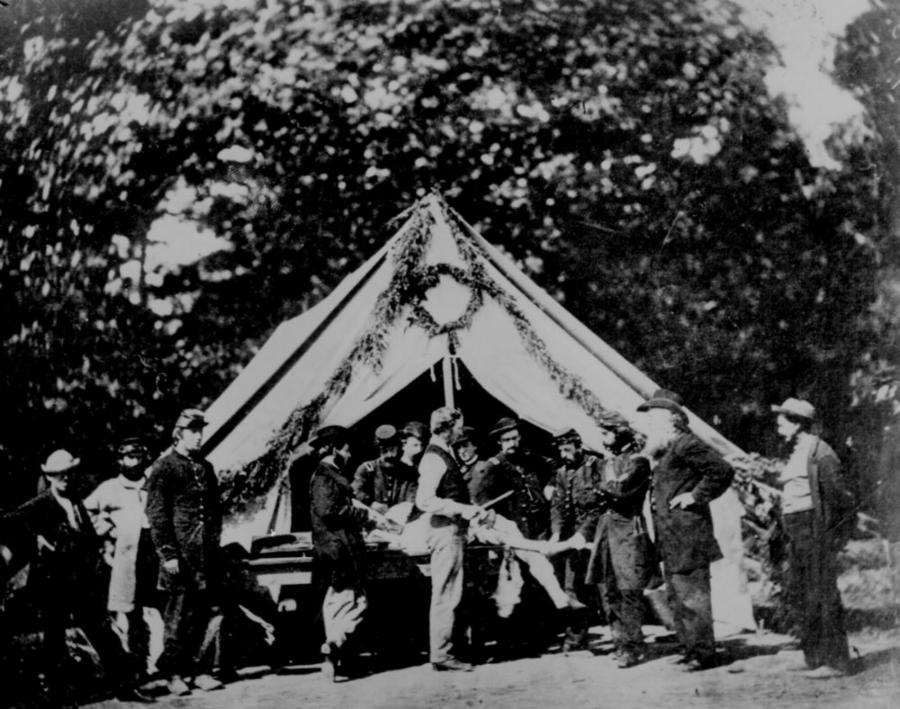Norfolk Navy Yard
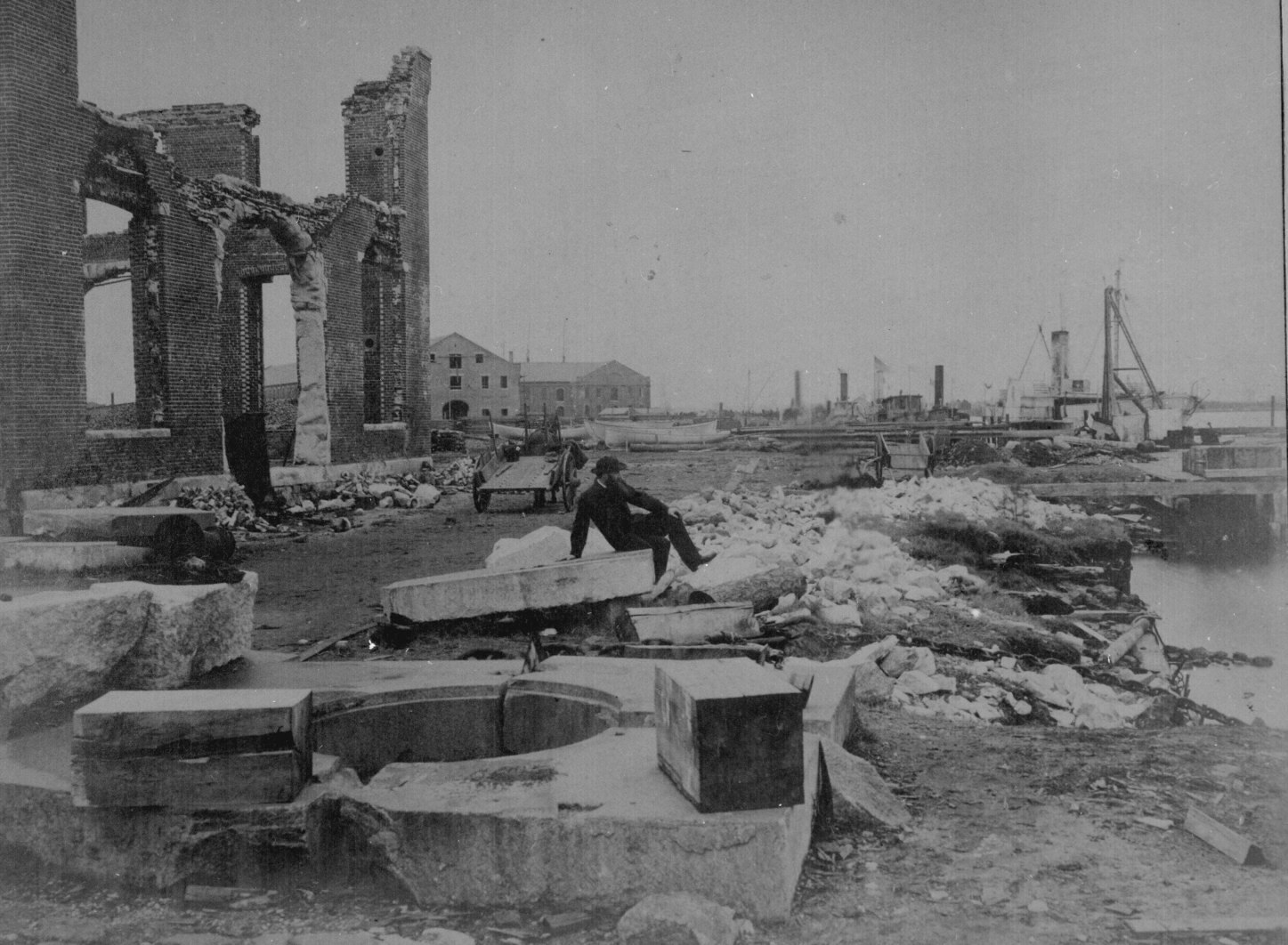
The photo we see above is The Norfolk Navy Yard in Virginia. This area had been occupied by the Confederates till the month of May in 1862. The Confederate soldiers demolished much of the site as it proved to be very advantageous. The Union still managed to used the site after rebuilding most of it. The photo was taken just two years following the time when the Confederates destroyed the site.
U.S.S. Kearsarge Officers
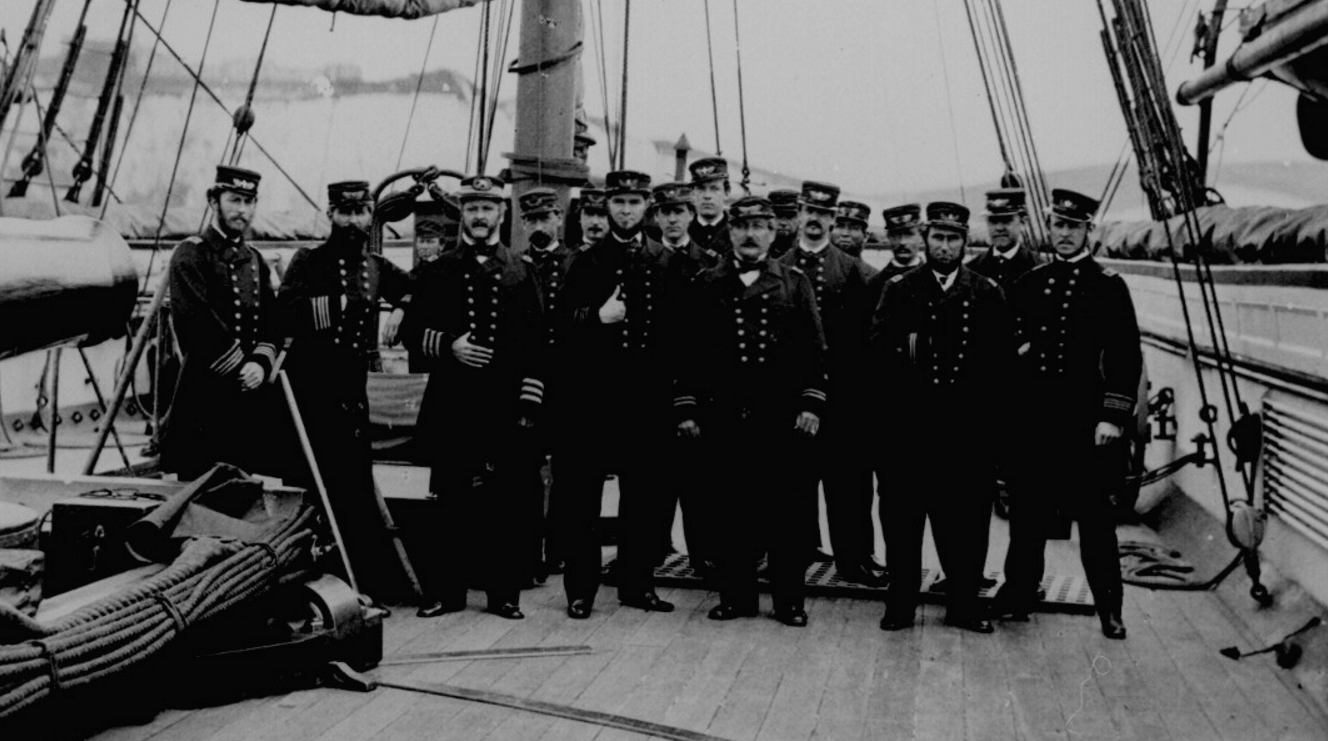
In the picture above we see Captain John A. Winslow and his officers as they board the U.S.S. Kearsarge, taken in the year 1864. The picture we see here was taken a few moments after the Union officers had a huge win over their enemies. They managed to sink the opposing C.S.S. Alabama while having the Battle of Cherbourg. This ship was actually named after Mount Kearsarge that is located in New Hampshire.
Rodman Gun
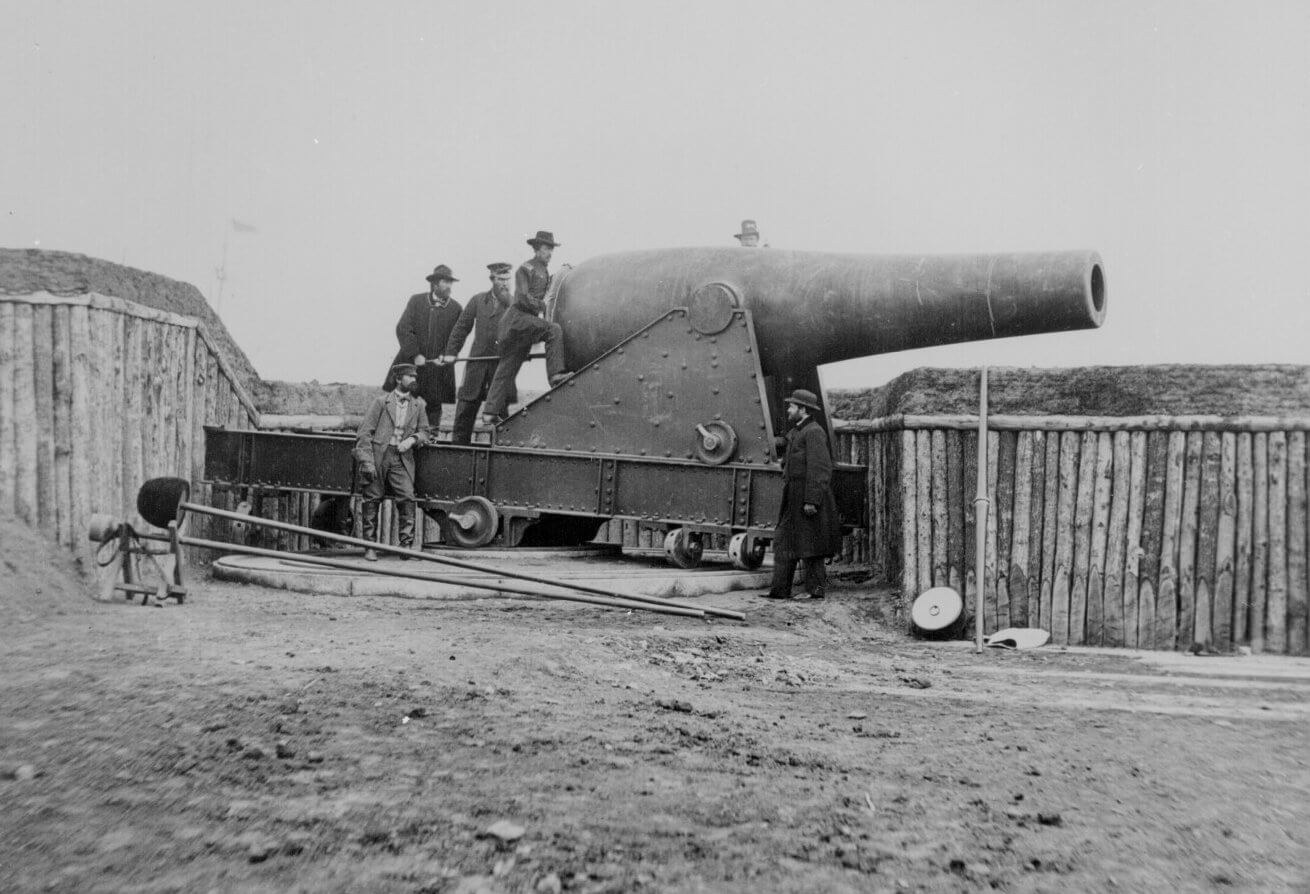
This image we see shows a weapon used during the Civil War and is another notable one. It is called The Rodman Gun. This weapon was devised by Thomas Jackson Rodman, who is a Union artilleryman. The troops usually used this gun along coastal fortifications. There were several sizes to choose from as well. The Rodman Gun in this photo, however, yielded a 15″ bore and was close to 16 feet in length. A total of around 12 soldiers had to be employed to use this gun.
Antietam Creek

This image shows an incident that took place in 1862 at the Battle of Antietam near Sharpsburg, Md. This photo was take at dawn in the Antietam Creek on Sept. 17, 1862,where cannon volleys started the Civil War battle resulting in 23,000 casualties. This would forever go down as one of the most horrific bloodbaths in the history of the United States.
The Black Knights
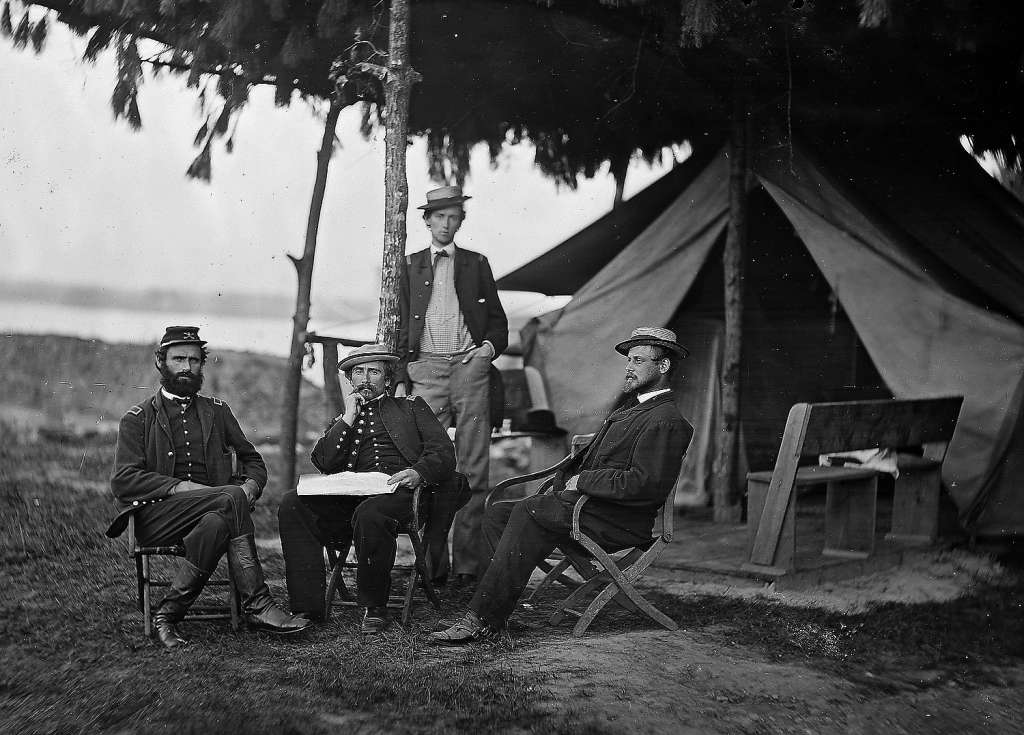
These guys were a part of the ‘Black Knights’. This particular regiment followed Carlisle Barracks, which consisted of soldiers and officials from the South that joined the Confederacy. In the summer of 1861, all the regular regiments were titled as ‘cavalry. Because of its seniority, this regiment came to be known as the 5th United States Cavalry.
Mortar Battery No. 4
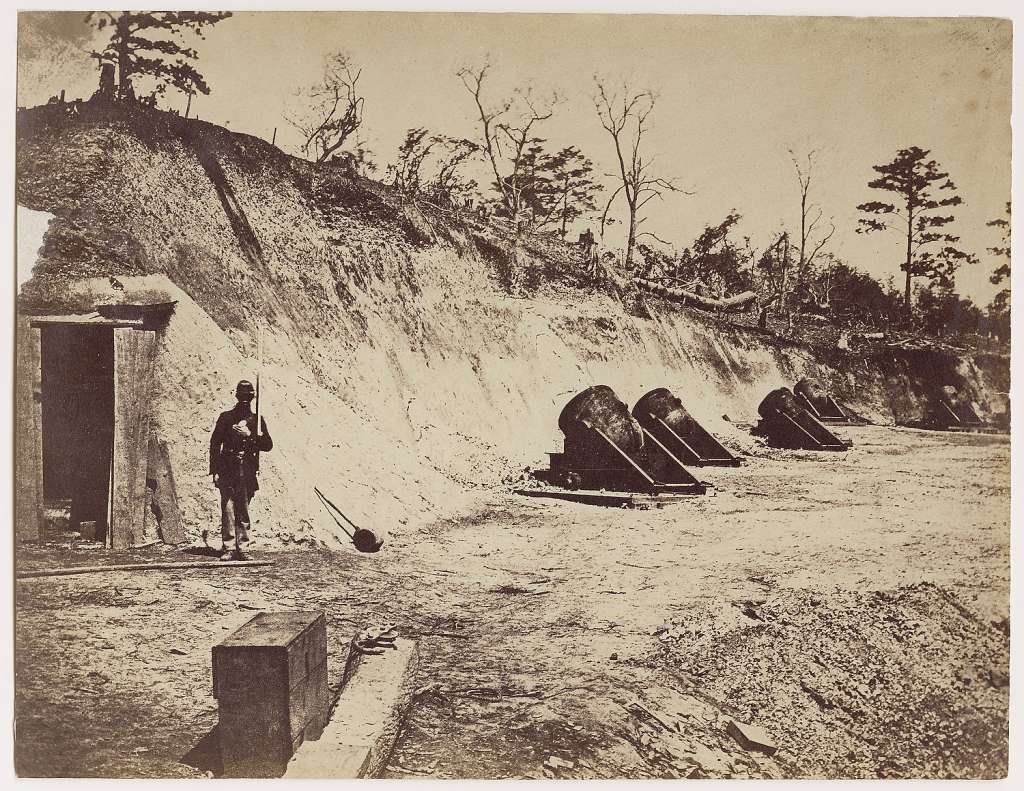
The above photo we see is another simple yet significant incident that took place during the Civil War. It depicts the Mortar battery No. 4, near Yorktown, Virginia that took place during the American Civil War in the month of May in 1862.This specific image was a part of the ‘Gardner’s Photographic Sketch Book of the Civil War’ by Alexander Gardner, Volume 1, Plate 14.
